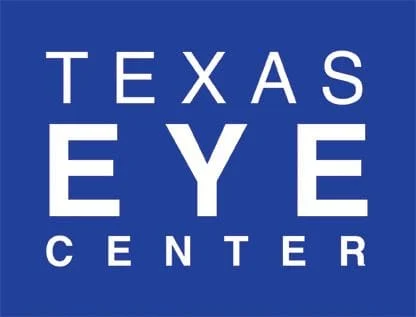More than 300,000 sports-related concussions occur each year, according to research. Many more concussions result from motor vehicle accidents, falls, and other non-sports related incidents. In addition to causing cognitive difficulties, concussions may result in a cluster of problems called post-concussive
Read moreCall Us Today
Call Us Today
Visual Rehabilitation

Accurate vision is an important part of performing well at work, school, and in other everyday activities. In certain cases, however, medical conditions or injury may lead to visual impairment. For individuals with functional limitations resulting from visual impairment, visual rehabilitation can improve or restore everyday abilities. The most effective model for visual rehabilitation is one in which a patient receives input from his or her optometrist, medical doctor, psychologist, neurologist, and other allied health professionals to create an individualized visual rehabilitation plan.
Visual Rehabilitation Procedures
Visual rehabilitation involves constructing an individualized treatment plan to address each person’s unique issues. In some cases, this may involve occupational therapy to make a person’s environment easier to navigate. For many patients, however, vision therapy offered by an optometrist is an excellent way to improve or fully restore visual functioning.
Analogous to physical therapy for the vision system, vision therapy involves special exercises designed to retrain eye-brain circuits to perform more normally. Patients may be asked to view objects through special prism lenses, focus on an object as it moves, coordinate eye-body movements, or perform computerized tasks. Over time, these exercises improve visual deficits and reduce functional impairment.
-
Post-Concussive Vision SyndromeCategory: Visual Rehabilitation
-
Special NeedsCategory: Visual Rehabilitation
The cognitive differences of special needs children and adults are well-documented, but vision issues often receive less attention. People with special needs have the same range of vision issues as their neurotypical counterparts; however, these vision problems occur at a much higher rate in special
Read more -
Traumatic InjuryCategory: Visual Rehabilitation
Accurate vision involves much more than good eye health. The brain integrates signals from the eyes with information from the motor, balance, and auditory systems to create an accurate view of the world. Following traumatic injury, one or more components of this complex system may be damaged. Receiving
Read more
Location
Texas Eye Center
11660 Westheimer Rd. Ste. 125
Houston, TX 77077, US
Location and Hours
11660 Westheimer Rd. Ste. 125 Houston, TX 77077, US
Monday
10:00 am - 6:00 pm
Tuesday
10:00 am - 6:00 pm
Wednesday
11:00 am - 7:00 pm
Thursday
10:00 am - 6:00 pm
Friday
10:00 am - 6:00 pm
Saturday
Select Saturdays By Appointment Only
Sunday
Closed
